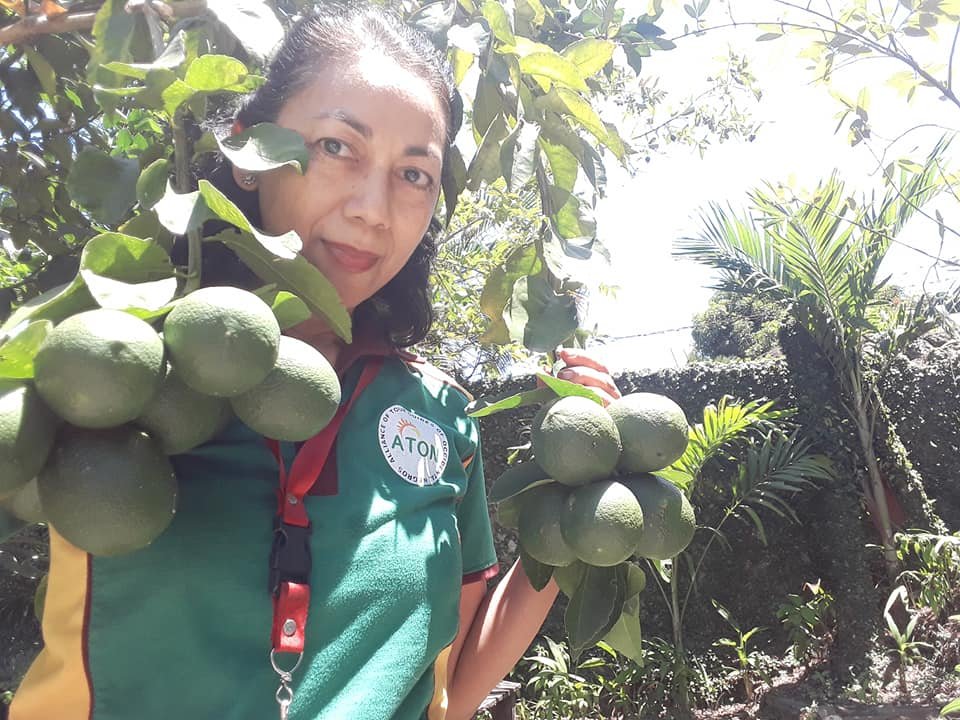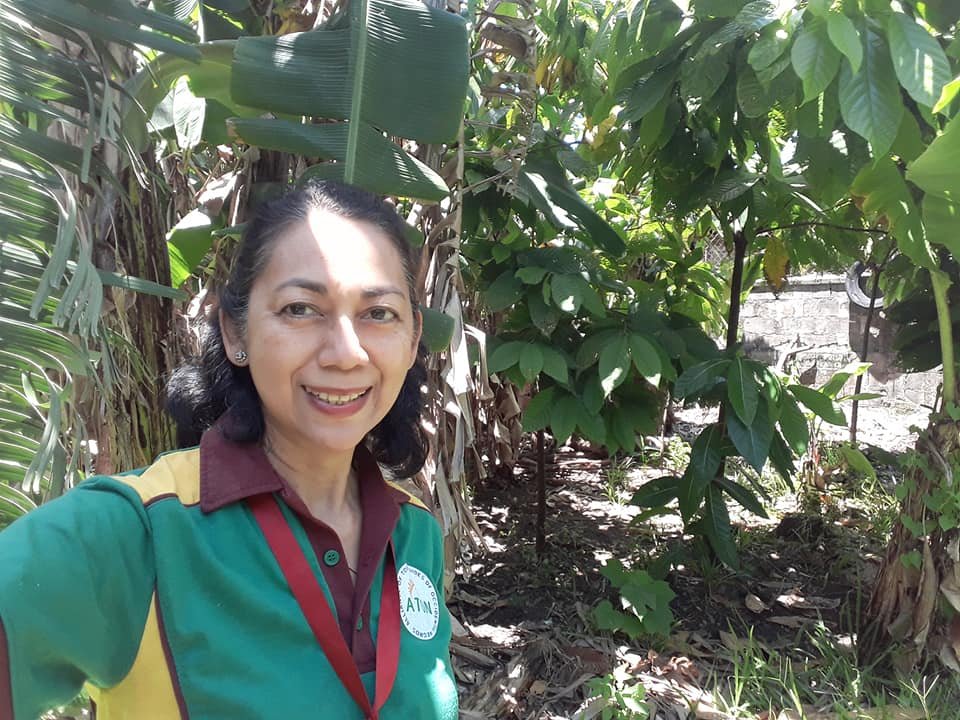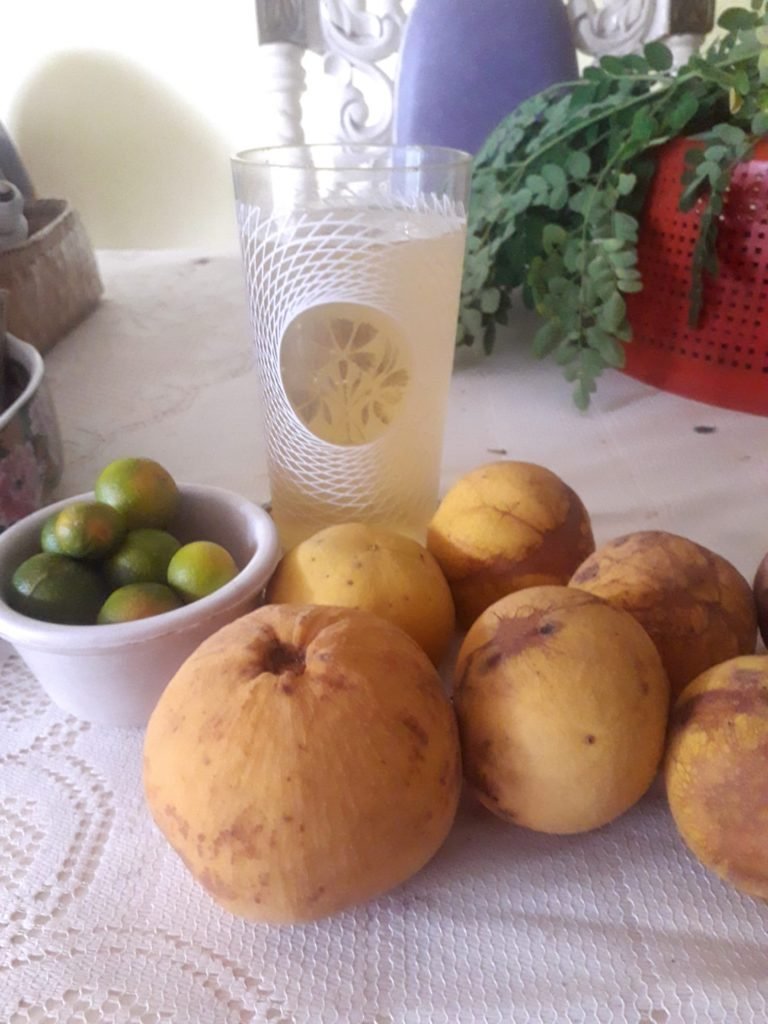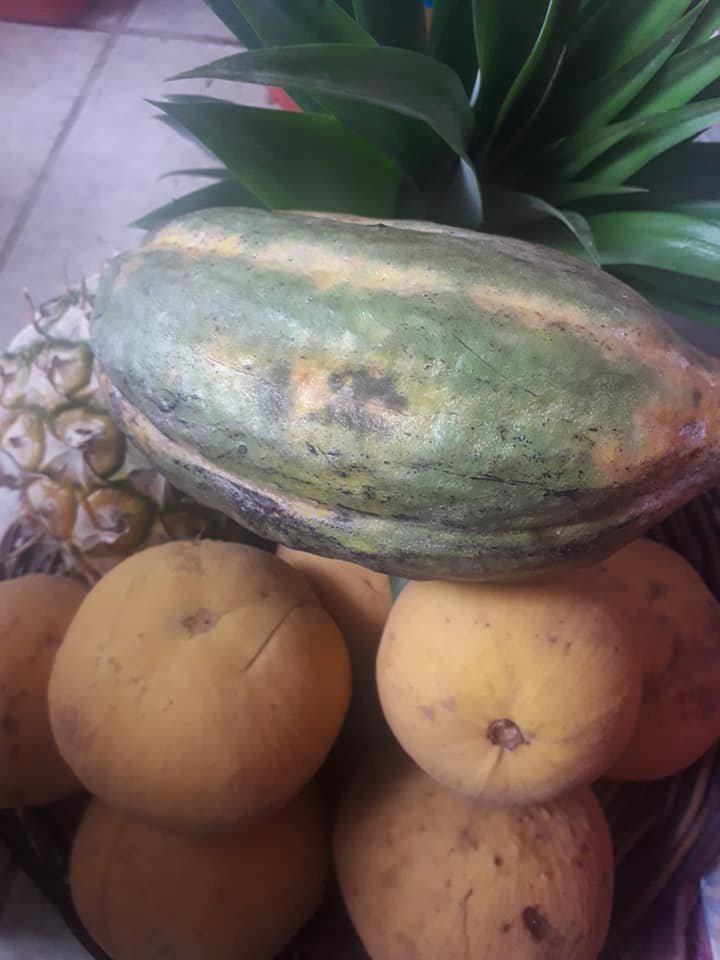If there’s any good (and there are lots, surprisingly) the Covid-19 brought to our communities, it is the upsurge in gardening activities and such enthusiastic gardeners we have bred! Whether the interest is in ornamental plants or plants as food source, the home gardening trend means very good business for plant sellers, pot sellers, garden soil sellers, fertilizer sellers, and garden accessory sellers. Also, the home quarantine left people stuck at home with limited activity options such as doing household chores, gardening, cooking and eating. Especially eating. After all, one needs to replace the energy expended in cleaning the house, doing the laundry, playing with the kids, cooking and gardening, eating and washing up pots and pans and dishes afterwards.
Many industries have been badly-hit by the unexpected turn of events at the beginning of the year. The worst-off are Travel, Tourism, and Hospitality industries. I belong to these industries being a tour guide myself, so, I know the feeling of losing gainful work. It is very challenging and can often rattle one’s self-esteem. With unemployment, there is the gnawing insecurity of how to feed the family, how to pay the bills, how to pay the rent if one doesn’t own a house, how to cope with medical expenses, how to pay the tuition fees if the children are still in school. Among the concerns aforementioned, the most basic is how to put food on the table.

Those who have maintained a vegetable patch as a habit are likely to have more peace of mind. When the concern of food security had been addressed, one is least likely to worry about that basic need. Farming is not easy and I consider farmers as my heroes because they have to produce food in good or bad weather, through pestilence and plant disease, in sickness and in health.

My house is set on a 1,200 sq. m. lot in a formerly rural area of the city. So rural that there were carabaos until last year – beasts of burden employed to pull carts of river sand and gravel. My current residence used to be the family’s weekend home because we lived in the city center then. Where the current Catholic Parish church stands used to be a rice field.
On this lot, my father (who was in the printing business but grew up on a farm) raised chickens and pigs, grew corn and vegetables. (We had Mating our stay-in gardener, of course) and I continue his legacy by taking care of the trees that he plants, and by improving the lay-out of the garden for better food production.
My urban food garden is diverse. I now have cacao trees, bananas (scions of Dad’s original plants), and coconuts, mangoes, pineapples, native guavas, jackfruit, santol, lemon and calamansi, and young treelings (avocado, lomboy, bugnay and babana).

The farm does not make money, although, I hope that it did. Yet, the idea that I can rely on my garden to provide produce not only for the household, but also to share with others is enough compensation. The garden provides food for people and for wildlife. My pet peeve, though, is having fruit bats beat me to the delicious native guavas and to the sab-a bananas. On the bright side, this shows that my mini-farm is a natural food forest yielding organic and pesticide-free fruits.
It was summertime when my santol trees bore fruit. My problem was how to harvest them from high up the trees. Since it was on a lockdown period, there was no one to climb the trees. So, the fruits matured and fell on the ground. I remembered a friend mention the santolada – fruit infusion that her mother used to serve the children by peeling santol and soaking them in water to be drank as a refreshing beverage for the hot months. I recalled how a helper in my childhood used to do that, too, so I picked up “dagas” (a Hiligaynon term for fruits that have fallen to the ground), washed them, peeled and removed the bad parts, cut the fruits into quarters, and dropped them into a pitcher of chilled water. Voila! Free, delicious, and nutrious santolada!



One thing I always bear in mind is not to waste my resources even if they are available free of charge. Dried twigs and branches become firewood to boil water with at my dirty kitchen. My coconut trees, 14 all in all, give me mature coconuts that I process into Virgin Coconut Oil.

I can forage in the garden. There are plants that I never planted yet have fed me. The native guavas are an example, and so are the iba trees. Then, there are the tiny wild cucumbers as small as the tip of a finger that can be pickled or tossed in a salad. In case I enjoy a bumper crop, there are always other people with whom I can share my blessings – the parish, my neighbors, and friends. The earth is not mine alone, and if I give, I receive a hundred-fold.


I am happy for households that have realized how growing one’s food is important and life-saving. If many households around the world can grow their own food, poverty, hunger, disease, and even the ills of materialism will decrease while new family traditions will emerge, manual labor will be appreciated, indigenous cultures might be saved with the return of traditional farming practices, and the environment will thrive.

